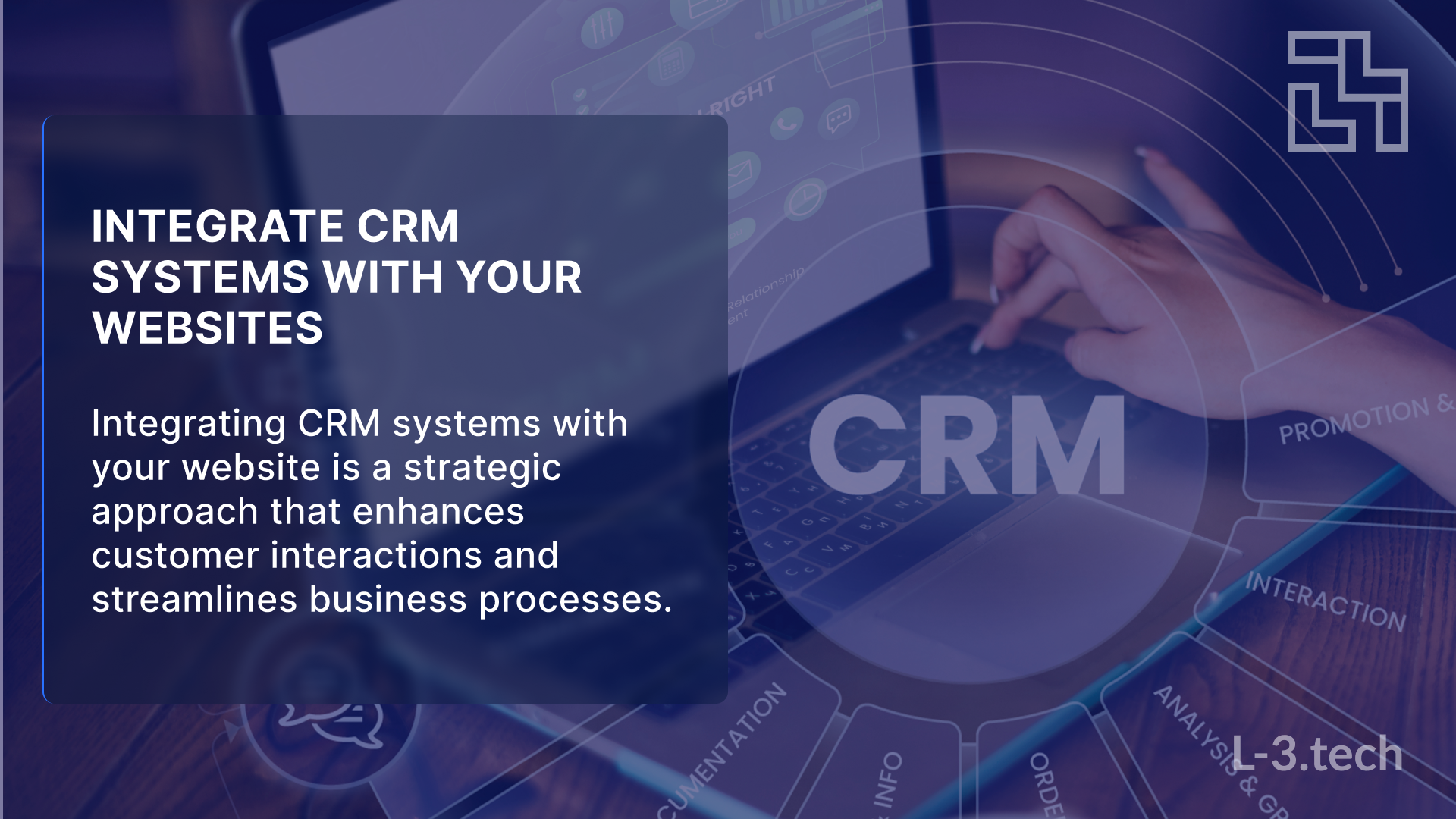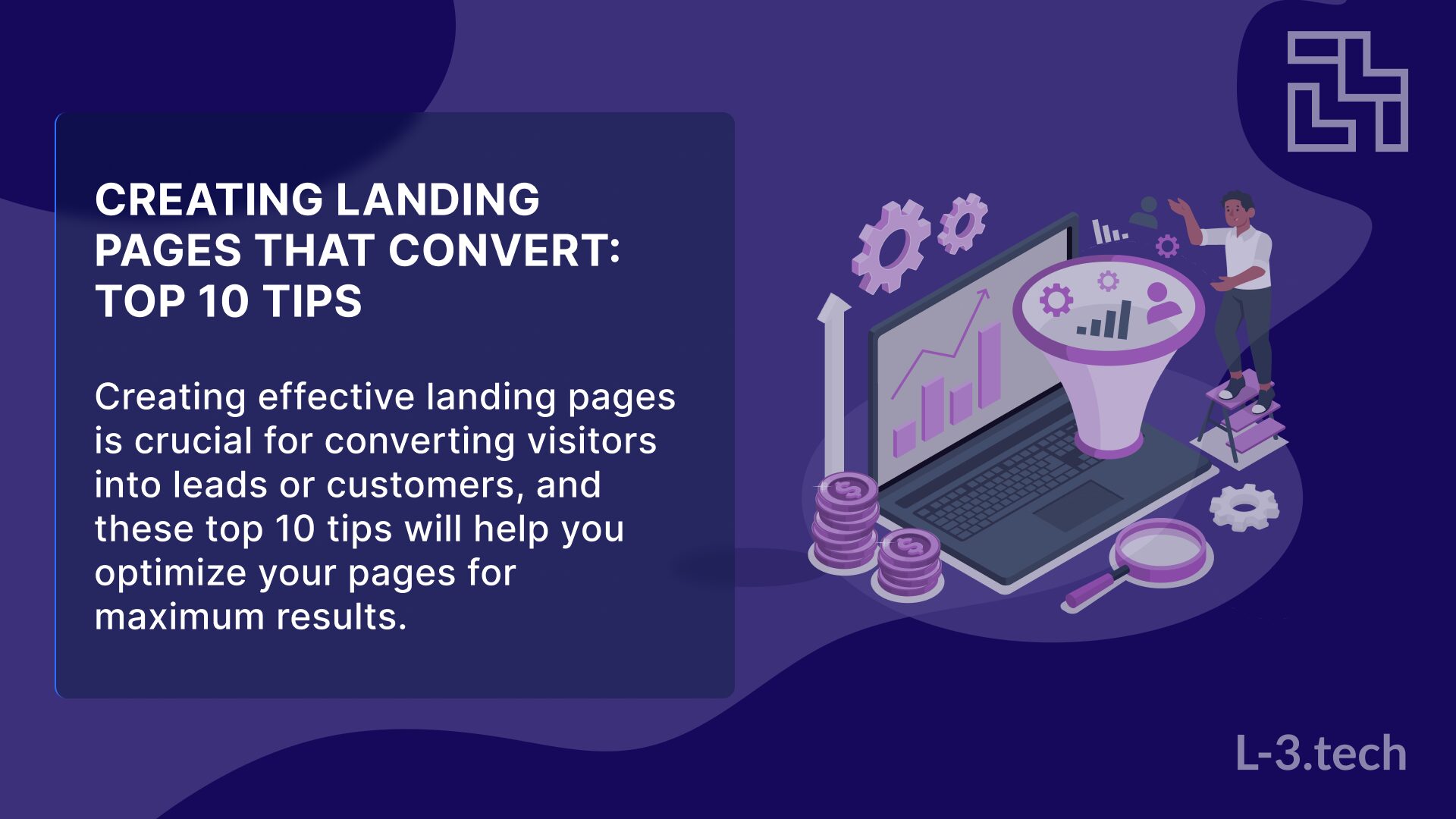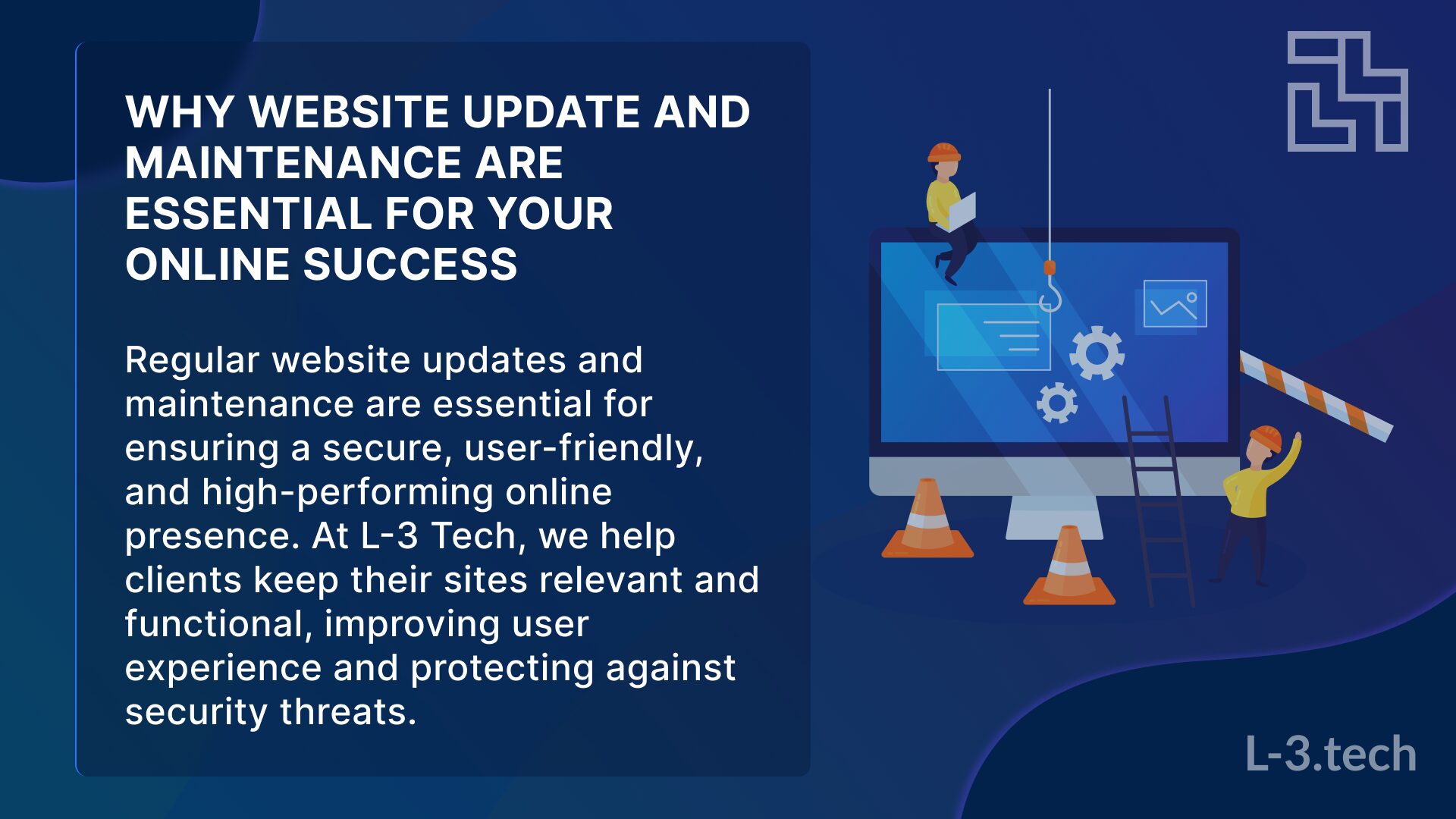Understanding the Concept of an Online Store
When embarking on the journey to create an online store, it’s crucial to understand the fundamental concept. An online store is a digital platform where products or services are sold to customers over the internet. At L-3.tech web studio, we emphasize the importance of this concept, which involves various elements including product selection, target audience, and marketing strategies. Before diving into the technical aspects, it’s essential to clarify your vision and goals for the store. Having a clear concept helps in making informed decisions throughout the development process.
Identifying Your Niche Market
Identifying a niche market is essential for the success of any online store. Web development for niche markets allows you to focus on a specific audience with unique needs and preferences. By narrowing down your target market, you can tailor your products and web design efforts effectively. This focused approach increases the chances of attracting loyal customers who resonate with your brand. At L-3.tech, we assist in researching competitors and analyzing market trends to help you identify profitable niches.
Defining Your Unique Selling Proposition (USP)
Your Unique Selling Proposition (USP) sets your online store apart from competitors. It highlights what makes your products or services unique and why customers should choose you. Defining a strong USP is vital for effective branding and marketing strategies. Consider factors like quality, price, customer service, or exclusive features when crafting your USP. A compelling USP can significantly influence purchasing decisions and drive sales, and our web studio specializes in showcasing your USP through customized web design.
Conducting Market Research
Market research is a critical step in developing an online store. This process involves gathering data about your target audience, competitors, and industry trends. Understanding customer preferences and behaviors can guide product selection and web development strategies. At L-3.tech, we utilize surveys, interviews, and online tools to provide valuable insights into market demands. Thorough market research minimizes risks and enhances the likelihood of success.
Creating a Business Plan
A well-structured business plan serves as a roadmap for your online store. This document outlines your business goals, target market, marketing strategies, and financial projections. Having a clear plan helps in staying organized and focused during the development process. Additionally, a solid business plan is often required when seeking funding or partnerships. Regularly reviewing and updating your business plan ensures it remains relevant as your store evolves.
Setting Up Your Brand Identity
Your brand identity encompasses your store’s name, logo, colors, and overall aesthetic. Establishing a strong brand identity is crucial for recognition and customer loyalty. Consistency in branding across all platforms creates a cohesive image that resonates with customers. Investing time in designing a memorable logo and selecting appropriate colors can enhance your brand’s appeal. At L-3.tech web studio, we understand that a well-defined brand identity fosters trust and encourages repeat business.
- Understand the concept of an online store.
- Identify your niche market.
- Define your Unique Selling Proposition (USP).
- Conduct thorough market research.
- Create a comprehensive business plan.
Choosing the Right E-commerce Platform
Choosing the right e-commerce platform is a pivotal decision in developing an online store. The platform serves as the foundation for your store, affecting functionality, design, and user experience. There are various options available, each with its own set of features and pricing structures. Evaluating your specific needs and budget will help in selecting the most suitable platform. Popular platforms include Shopify, WooCommerce, and BigCommerce, each catering to different business models. Our web development expertise ensures that you choose a platform that aligns with your business objectives.
Comparing E-commerce Platforms
Comparing e-commerce platforms is essential to find the best fit for your online store. Factors to consider include ease of use, customization options, payment gateways, and scalability. Some platforms may offer more advanced features, while others prioritize simplicity and user-friendliness. Reading reviews and testimonials can provide insights into the experiences of other users. Ultimately, the right platform should align with your business goals and technical capabilities, and L-3.tech web studio is here to guide you through the selection process.
Evaluating Costs and Fees
Evaluating costs and fees associated with e-commerce platforms is crucial for budgeting. Most platforms charge monthly fees, transaction fees, and additional costs for premium features. Understanding these expenses helps in determining the overall financial viability of your online store. It’s important to factor in potential growth and scalability when assessing costs. Choosing a platform with transparent pricing can prevent unexpected expenses down the line.
Assessing Customization Options
Assessing customization options is vital for creating a unique online store. Different platforms offer varying levels of customization, from templates to full code access. Having the ability to customize your store enhances branding and user experience. Consider whether you want a simple template or a fully tailored design based on your vision. L-3.tech specializes in web design and customization options that can significantly impact how your store stands out in a competitive market.
Considering Scalability and Growth Potential
Considering scalability and growth potential is essential when choosing an e-commerce platform. Your online store should be able to grow alongside your business without major disruptions. Look for platforms that offer features to accommodate increased traffic and sales volume. Scalability ensures that your store can adapt to changing market demands and customer needs. Investing in a scalable platform can save time and resources in the long run.
- Choose the right e-commerce platform.
- Compare different e-commerce platforms.
- Evaluate costs and fees associated with platforms.
- Assess customization options for your store.
- Consider scalability and growth potential.
Designing Your Online Store
Designing your online store is a creative and strategic process that impacts user experience. The design should reflect your brand identity while providing a seamless shopping experience. Key elements include layout, color scheme, typography, and navigation structure. Prioritizing user-friendly design enhances customer satisfaction and encourages conversions. L-3.tech web studio offers professional web design services that elevate your store’s credibility and appeal.
Creating a User-Friendly Layout
Creating a user-friendly layout is essential for guiding customers through your online store. A well-organized layout helps visitors find products quickly and easily. Consider using categories, filters, and search functions to enhance navigation. Clear calls-to-action (CTAs) encourage users to take desired actions, such as adding items to their cart. Testing different layouts can provide insights into what works best for your audience.
Selecting an Appealing Color Scheme
Selecting an appealing color scheme plays a significant role in your store’s overall aesthetic. Colors evoke emotions and can influence purchasing decisions. Choosing a color palette that aligns with your brand identity enhances recognition and appeal. Consider using contrasting colors for CTAs to make them stand out. Consistency in color usage across your store fosters a cohesive visual experience.
Choosing the Right Typography
Choosing the right typography is crucial for readability and brand representation. Fonts should be easy to read and align with your brand’s personality. Using a limited number of font styles maintains a clean and professional look. Ensure that font sizes are appropriate for both desktop and mobile users. Typography can significantly impact the overall perception of your online store.
Implementing Effective Navigation
Implementing effective navigation is key to enhancing user experience on your online store. Clear and intuitive navigation helps customers find products without frustration. Consider using drop-down menus, breadcrumbs, and a search bar for easy access. Regularly testing navigation can identify areas for improvement and optimization. Effective navigation reduces bounce rates and increases the likelihood of conversions.
Incorporating High-Quality Images
Incorporating high-quality images is essential for showcasing your products effectively. Clear and visually appealing images attract customers and build trust in your brand. Consider using multiple angles and zoom features to provide a comprehensive view of products. Optimizing images for fast loading times enhances user experience and SEO. Investing in professional photography can significantly elevate your store’s visual appeal.
- Design your online store with user experience in mind.
- Create a user-friendly layout for easy navigation.
- Select an appealing color scheme that reflects your brand.
- Choose the right typography for readability and style.
- Incorporate high-quality images to showcase products.
Setting Up Payment and Shipping Options
Setting up payment and shipping options is a critical step in launching your online store. These elements directly impact customer satisfaction and overall sales performance. Offering multiple payment methods caters to diverse customer preferences. Additionally, providing clear shipping options and policies builds trust and transparency. Ensuring a smooth checkout process is essential for minimizing cart abandonment rates.
Choosing Payment Gateways
Choosing payment gateways is crucial for facilitating secure transactions on your online store. Popular options include PayPal, Stripe, and Square, each offering unique features and fees. Consider factors like transaction fees, security measures, and ease of integration when selecting a gateway. Offering multiple payment options enhances customer convenience and satisfaction. Regularly reviewing payment processes can identify areas for improvement and optimization.
Establishing Shipping Methods
Establishing shipping methods is essential for delivering products to customers efficiently. Consider offering various shipping options, such as standard, expedited, and international shipping. Transparent shipping costs and delivery times enhance customer trust and satisfaction. Partnering with reliable shipping carriers ensures timely and safe deliveries. Regularly evaluating shipping processes can help identify opportunities for cost savings and improvements.
Creating Clear Shipping Policies
Creating clear shipping policies is vital for setting customer expectations. Policies should outline shipping costs, delivery times, and return procedures. Transparency in shipping policies builds trust and reduces potential disputes. Consider including FAQs to address common customer concerns regarding shipping. Regularly updating policies ensures they remain relevant and accurate.
Implementing Secure Checkout Processes
Implementing secure checkout processes is crucial for protecting customer information. Utilizing SSL certificates and secure payment gateways enhances transaction security. Streamlining the checkout process minimizes friction and encourages conversions. Consider offering guest checkout options to simplify the purchasing experience. Regularly testing the checkout process can identify potential issues and improve user experience.
Offering Customer Support Options
Offering customer support options is essential for addressing inquiries and concerns. Consider providing multiple channels, such as email, live chat, and phone support. Responsive customer support enhances trust and encourages repeat business. Regularly reviewing support processes can identify areas for improvement and optimization. Investing in customer support training ensures your team is equipped to assist customers effectively.
- Set up payment and shipping options for your store.
- Choose reliable payment gateways for secure transactions.
- Establish efficient shipping methods for timely deliveries.
- Create clear shipping policies to manage customer expectations.
- Implement secure checkout processes to protect customer data.
Launching Your Online Store
Launching your online store is an exciting milestone in the development process. This stage involves finalizing all elements and preparing for customer engagement. Before the official launch, conducting thorough testing is essential to ensure everything functions smoothly. Creating a marketing plan to promote your store is also crucial for attracting initial customers. With careful planning and execution, a successful launch can set the tone for your store’s future.
Conducting Final Testing
Conducting final testing is essential before launching your online store. This process involves checking all functionalities, including payment processing, navigation, and product displays. Testing on various devices and browsers ensures a consistent user experience. Gathering feedback from beta testers can provide valuable insights for improvements. Addressing any issues before launch minimizes potential disruptions and enhances customer satisfaction.
Creating a Pre-Launch Marketing Strategy
Creating a pre-launch marketing strategy is vital for generating buzz around your online store. Utilizing social media, email marketing, and influencer partnerships can help build anticipation. Consider offering exclusive promotions or sneak peeks to engage potential customers. Building an email list prior to launch allows for direct communication with interested customers. A well-executed pre-launch strategy can significantly boost initial traffic and sales.
Setting a Launch Date
Setting a launch date provides a clear timeline for your online store’s debut. Choosing a date that aligns with your marketing efforts maximizes visibility and engagement. Consider avoiding major holidays or events that may distract from your launch. Communicating the launch date to your audience builds excitement and anticipation. Having a specific launch date helps in organizing final preparations and marketing activities.
Monitoring Performance Post-Launch
Monitoring performance post-launch is crucial for assessing the success of your online store. Utilizing analytics tools can provide insights into traffic, sales, and customer behavior. Regularly reviewing performance metrics helps identify areas for improvement and optimization. Engaging with customers through surveys and feedback can provide valuable insights for enhancements. Continuous monitoring ensures your store remains competitive and responsive to market changes.
Gathering Customer Feedback
Gathering customer feedback is essential for improving your online store’s offerings. Encouraging reviews and testimonials can provide valuable insights into customer experiences. Utilizing feedback to make necessary adjustments enhances customer satisfaction and loyalty. Consider implementing surveys to gather more structured feedback on specific aspects of your store. Regularly engaging with customers fosters a sense of community and encourages repeat business.
Monitor performance and gather customer feedback post-launch.
Launch your online store with careful planning.
Conduct final testing to ensure everything works smoothly.
Create a pre-launch marketing strategy to generate buzz.
Set a launch date to organize final preparations.




